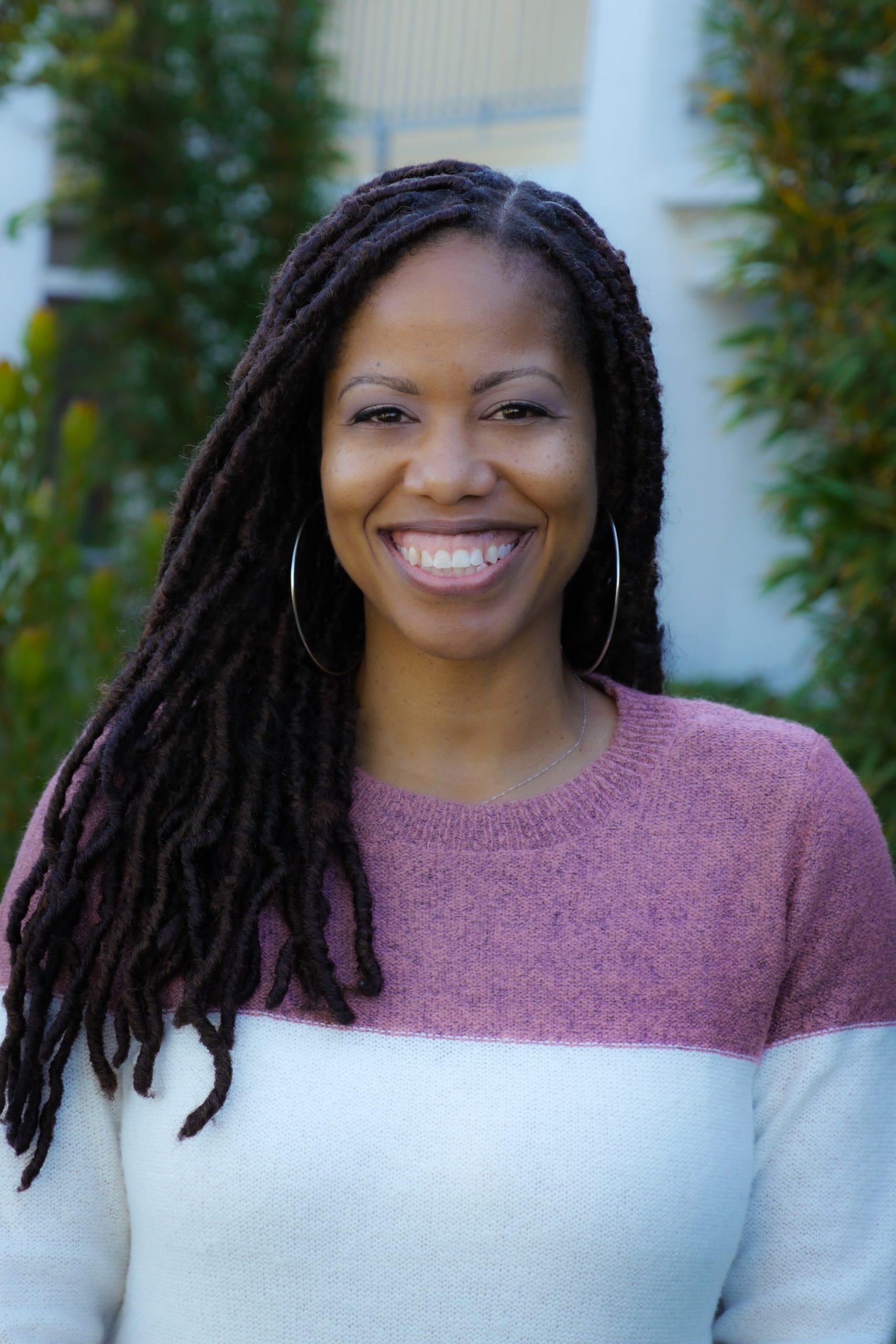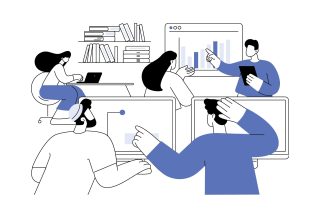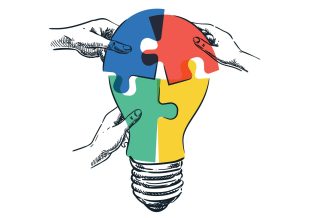EQUITY & IMPROVEMENT
Are we really centering students in professional learning?
By Val Brown
Categories: Learning designs, Reaching all studentsJune 2023
In the past three years, young people have done what no other generation of students has been asked to do. They have navigated change admirably by trying to move at the “normal” pace of schooling at the peak of a global pandemic, when everything was far from normal.
Even as I’m impressed by their resilience, I still feel uneasy. As an educator and a parent, I recognize the things that many of our children and communities have lost. For many, that includes a sense of connection with school. As a parent, I’m keenly aware that I haven’t gotten any classwork or textbooks sent home in years, and while learning management systems have provided immediate access to grades, what I have lost is a deeper understanding of my children’s assignments and their progress. It’s hard for me to determine if they are on track or behind because, most times, I am not sure what they are learning.

Even though I know deep down that my family will be OK, I can’t help but worry that my two Black children will be caught underprepared and left behind, causing irreparable harm to their futures. Believing that our children are achieving less or have access to less can activate feelings of fear and panic, especially for historically marginalized families, for whom such fears have been justified. When my oldest went to high school this year, deficits in core knowledge that I had previously overlooked now became glaring. Panicking, I decided I was going to use the summer to accelerate him. I got him a math tutor. I bought several books in his favorite genre, SAT vocabulary word cards, and an ACT practice test book. But these have sat on a bookshelf, barely touched since he unwrapped them.
When I started writing this piece, I wondered what his perspective is on all of this. Is he as concerned about falling behind as I am? I asked him if he was worried at all about becoming an adult. He replied, “No, I just want to enjoy being a kid as long as I can.” I suddenly thought: Maybe I was going about this all wrong. In fact, maybe we’re all going about COVID-19 recovery and acceleration wrong because we’re not asking students — the very people we’re trying to help — to co-construct it with us.
I can only recall a handful of professional learning experiences where a young person’s voice was centered, but those have been powerful. Most recently, at the 2022 Learning Forward Annual Conference, we got to hear from student keynote speaker Margarida Celestino, an immigrant student leader and aspiring teacher. Each time I hear from young people like her, I am deeply moved by their clarity and passion about their own learning needs. And I wonder why we don’t create more opportunities to learn from them.
Traditionally, school has been designed and driven in a way that privileges the adult perspective. Adults have determined the length of the school day and school year, what classes count as credit, and what young people should — and now, more prevalently and troublingly, should not read. Often, even large-scale youth activism efforts such as the 1964 protest of 464,000 students against school segregation in New York City or the hundreds of thousands of students who participated in the 2018 March for Our Lives movement hasn’t led to the immediate changes young people demand for themselves, other young people, and their futures.
From an equity standpoint, I can’t help but wonder about the role ageism — discrimination on the grounds of a person’s age — plays in our unwillingness to value the voices and desires of young people for their own learning. Adultcentrism bias — the tendency to view children and their realities from an adult perspective — can unintentionally lead to inaccurate judgments, misuse of power, and undermining the strengths and abilities of our young people (Petr, 1992). We convince ourselves we are making the right decisions for young people without asking them what they think.
I even found myself engaging in this behavior with my son last summer. I did what I thought was best for him by finding opportunities for acceleration, and it wasn’t until my son resisted that I bothered to even ask him how he wanted to engage in formal and informal learning experiences over the summer. As a parent, I believe I have the responsibility to guide him, but I can also honor his personhood and engage him in dialogue about how best to prepare him and support him in the future that he wants for himself. I believe the same is true of educators.
Collectively, educators need to start thinking about school as an intergenerational endeavor, a place where there is meaningful interaction between members of different generations. This would require we learn to share power with students and invite them to the table when making decisions that impact them.
This practice can easily start in professional learning. For example, when engaging in a lesson study, in addition to reviewing student work, we can ask a few students to share their perspectives on the content or the teaching strategies, and we can use their voices in our analysis of a lesson. Another example can be to administer a student survey at the end of each semester and use the data to inform professional learning for the next semester. Finally, we can always invite a panel of students — especially those traditionally marginalized — at any point in the year to learn about their experiences in our schools. This will take a mental shift, and I include myself in that. I would call myself a student-centered educator; however, as a facilitator, I have often fallen short on identifying opportunities to include youth voice in professional learning. I’m working to change that, and I invite others to join me.
What we lost in the past few years is incalculable, and we can’t address it by simply throwing more at our students in our current systems and paradigms. What we can and should do is make the time we have now count and work with students to figure out how. Students are the ones who have to live in the systems that adults create. Therefore, they can offer an honest perspective and keen insight about how adults can transform educational systems for their benefit. When we co-design with students or follow their lead, it becomes more than advocating for them. The act of working together with students democratizes our institutions.
References
Petr, C. (1992). Adultcentrism in practice with children. Families in Society: The Journal of Contemporary Social Services, 73(7). doi.org/10.1177/104438949207300

Val Brown (vbrown@carnegiefoundation.org) is director, future of learning at the Carnegie Foundation for the Advancement of Teaching.
Categories: Learning designs, Reaching all students
Recent Issues
BUILDING BRIDGES
December 2024
Students benefit when educators bridge the continuum of professional...
CURRICULUM-BASED PROFESSIONAL LEARNING
October 2024
High-quality curriculum requires skilled educators to put it into...
LEARNING TO PIVOT
August 2024
Sometimes new information and situations call for major change. This issue...
GLOBAL PERSPECTIVES
June 2024
What does professional learning look like around the world? This issue...












